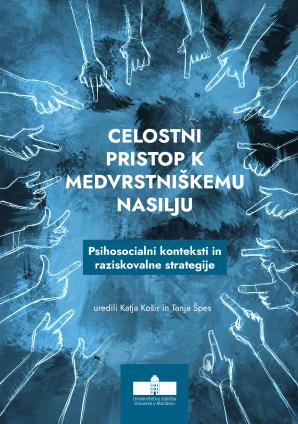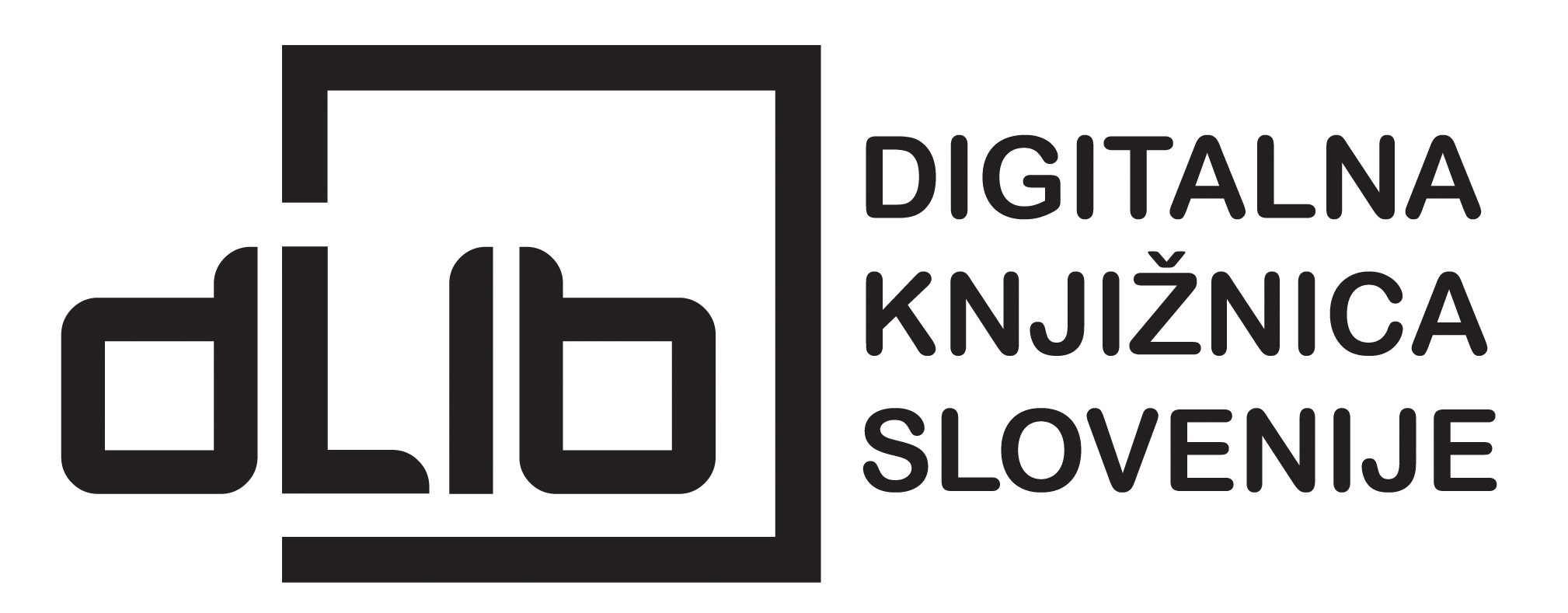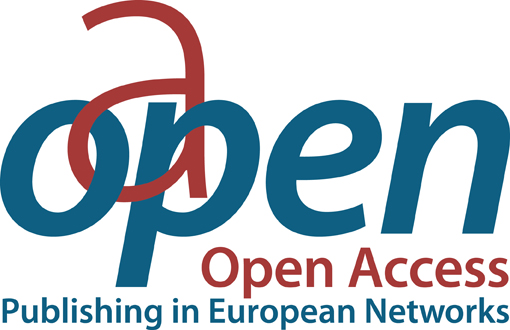Etnična raznovrstnost razreda kot dejavnik medvrstniškega nasilja
Synopsis
The ethnic diversity of class communities, which can be an important factor in peer violence, has been increasing significantly in Slovenia and Europe in recent years. The purpose of the study was to examine, using a sample of 6,391 participants (87.6% of members of Slovenian ethnicity), the role of the ethnic status of the student and the class climate (i.e. perceived class support, moral disengagement of the class) on the relationship between ethnic diversity of the class and the level of involvement of students in peer violence (i.e. victimization and perpetration of peer violence). The results of multilevel modeling showed a statistically significant interaction effect of ethnic status and ethnic diversity, ethnic diversity and perceived class support, and a three-way effect of ethnic status, ethnic diversity and moral disengagement of the class on the perpetration of peer violence. The interaction effect of ethnic diversity of the class and moral disengagement on victimization was also statistically significant. The study highlights the importance of strengthening an inclusive classroom climate in ethnically diverse contexts to effectively reduce peer violence within the classroom.







